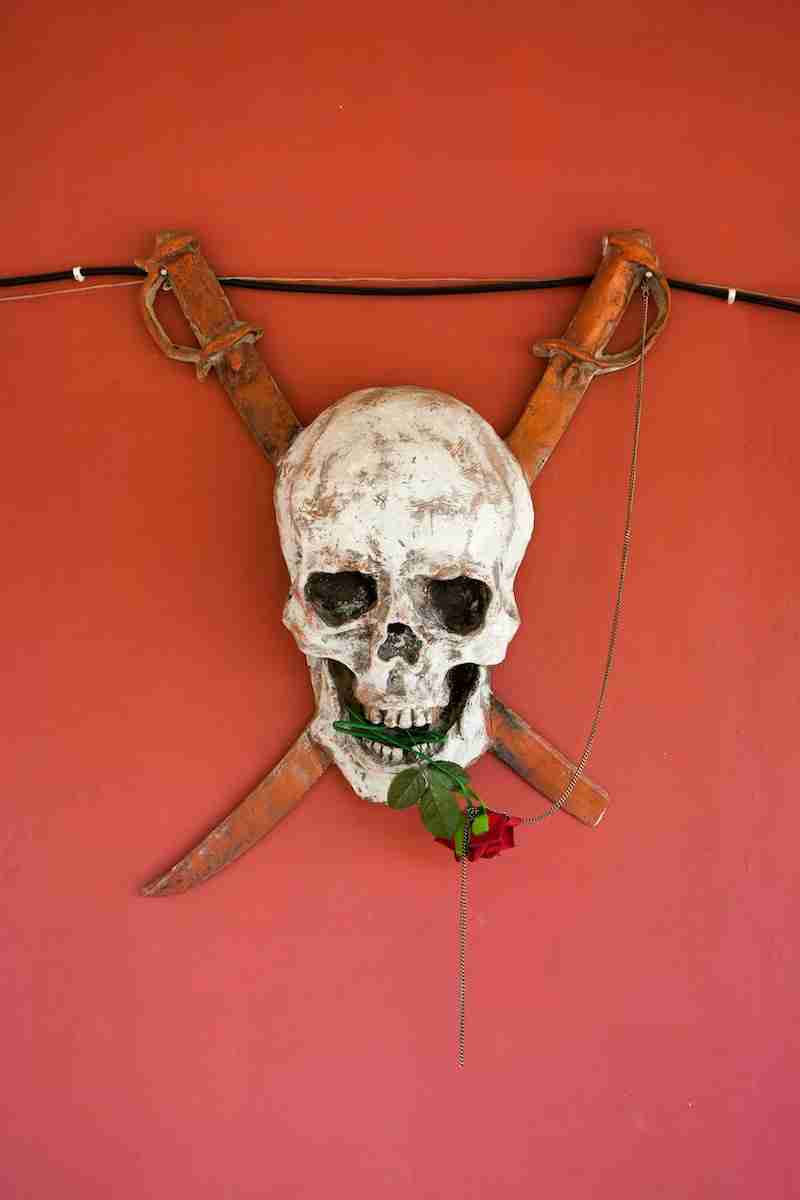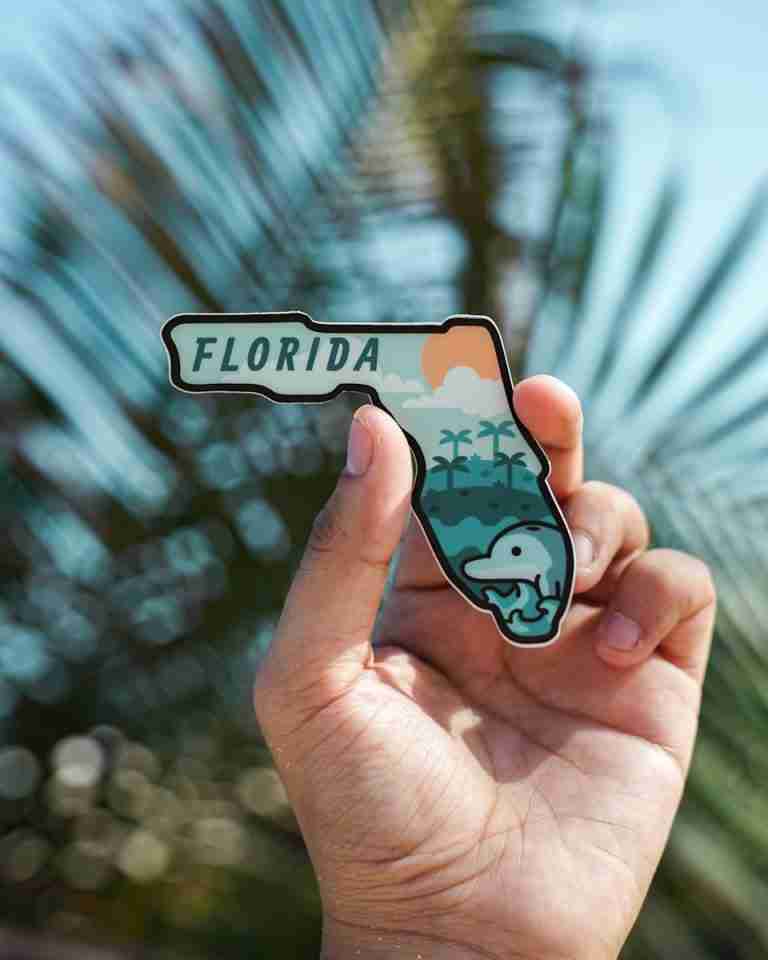26 Fun Facts About Pirates | Sailing the Seas
1. Not all pirates were outlaws.
Privateers were essentially legal pirates, authorized by governments to attack enemy ships during wartime.
They played significant roles in naval warfare, particularly during the 16th to 18th centuries.
2. Pirate ships were democratic.
Crew members on pirate ships had a say in decisions, and captains were often elected.
This democratic system was rare during a time when most sailors lived under harsh conditions.
3. Pirates often didn’t bury their treasure.
Contrary to popular belief, pirates rarely buried their treasure.
This myth largely stems from fictional stories like Robert Louis Stevenson’s “Treasure Island.”
4. Are there real-life instances of piracy?
Yes, piracy has been a real issue throughout history, and instances of modern piracy still occur in certain regions, involving attacks on ships for robbery or hijacking.
5. Pirates didn’t talk with a specific accent.
The stereotypical pirate accent is a modern invention, popularized by movies and entertainment.
Historical pirates would have spoken in a variety of accents, depending on their origin.
6. The Golden Age of Piracy lasted from 1650 to 1720.
This era saw the most significant surge in piracy, especially in the Caribbean, the American coast, and West Africa.
It was fueled by political changes and the increase in valuable cargo shipped across the seas.
7. Pirates didn’t exclusively sail in the Caribbean.
While the Caribbean is famous for its pirate history, pirates operated in many regions, including the Mediterranean, West Africa, and the Indian Ocean.
Their presence was global, impacting maritime commerce worldwide.
8. The Jolly Roger flag wasn’t universal among pirates.
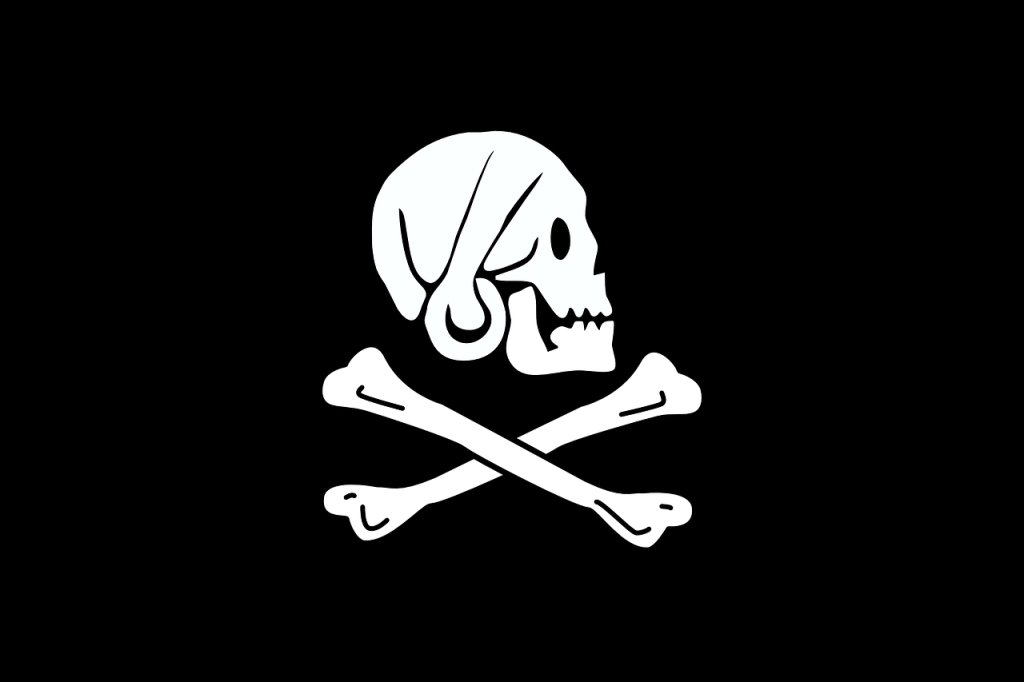
While iconic, the Jolly Roger flag with skull and crossbones wasn’t used by all pirates.
Different pirates had their own unique flags to instill fear and recognition.
9. Pirates practiced a form of workers’ compensation.
Injured pirates received compensation for injuries sustained while raiding.
The amount varied based on the severity of the injury and the pirate’s role on the ship.
10. Walking the plank is mostly a myth.
Contrary to popular stories, forcing prisoners to walk the plank was not a common practice among pirates.
This idea was popularized by fictional tales and Hollywood movies.
11. Pirates valued musicians, which is one of interesting fun facts about pirates.
Music was important on pirate ships to boost morale and provide entertainment.
Skilled musicians were often spared during raids and forced to join pirate crews.
12. Women pirates also sailed the seas.

Famous female pirates like Anne Bonny and Mary Read broke gender norms of their time.
They disguised themselves as men and became feared pirates in the Caribbean.
13. Pirate codes governed conduct on board.
Pirate codes were sets of rules establishing order and discipline on pirate ships.
These codes included regulations on food rations, behavior, and the distribution of loot.
14. Pirates often targeted weaker merchant ships.
Pirates preferred to attack merchant vessels that were less heavily armed and easier to overtake.
This strategy was more about acquiring wealth with minimal risk than engaging in heroic battles.
15. The pirate Bartholomew Roberts captured over 400 ships.
Known as “Black Bart,” Roberts was one of the most successful pirates, capturing an extraordinary number of ships.
His reputation made him a legendary figure among pirates and feared by merchants.
16. The symbol of the skull and crossbones on pirate flags.
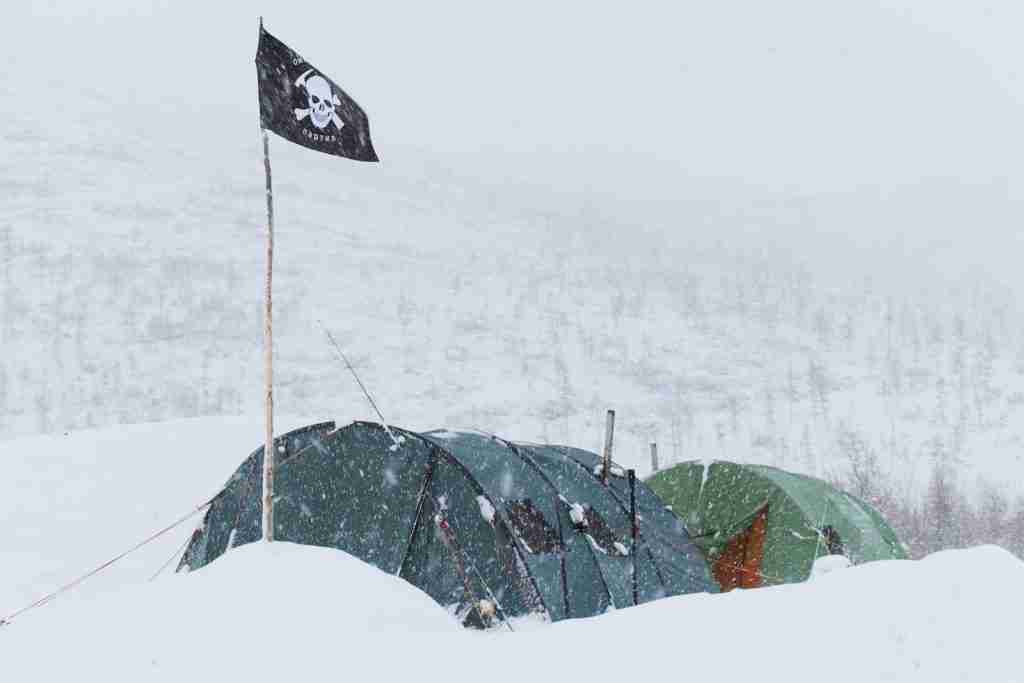
The skull and crossbones symbolize death and danger.
Pirates used this iconic image on their flags to instill fear in their targets, warning them of imminent attack.
17. The term “piracy” originates from the Latin word “pirata.”
“Pirata” means “sea robber” or “sea thief,” reflecting the primary activity of pirates.
This term has been used since ancient Roman times to describe those who engage in unauthorized raiding at sea.
18. Pirates often released captives unharmed.
Contrary to their ruthless image, pirates frequently released captured crew members without harm.
This practice helped maintain a certain level of cooperation from future targets.
19. Pirate ships were often faster and more maneuverable.
Pirate ships were typically smaller and lighter, allowing for greater speed and agility in pursuit and escape.
This advantage was crucial in outrunning larger, slower naval or merchant ships.
20. Pirates consumed a lot of alcohol.
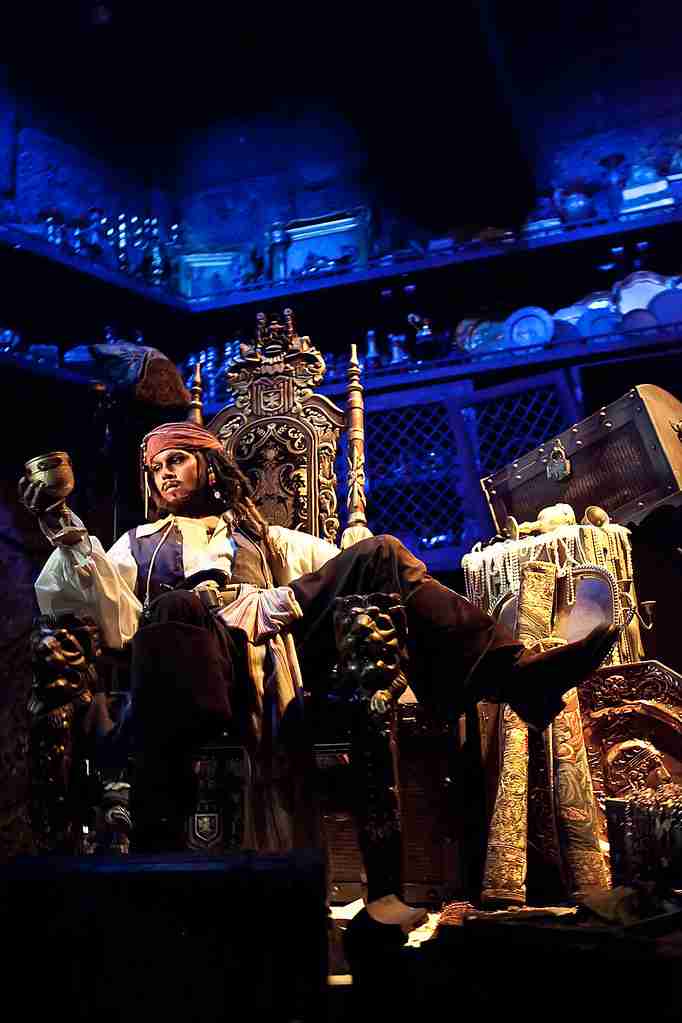
Rum and other spirits were staples on pirate ships, often consumed to cope with harsh sea life.
This heavy drinking was part of the pirate lifestyle, though it could lead to disorderly conduct.
21. The image of pirates burying treasure comes from one famous pirate.
William Kidd is the only known pirate who buried treasure, which he claimed was worth £100,000.
This single instance largely fueled the enduring myth of pirates and buried treasure.
22. The pirate flag’s skull and crossbones symbolize death.
The skull and crossbones, or the “Jolly Roger,” was intended to strike fear and signal the pirate’s willingness to fight to the death.
This symbol became synonymous with piracy and danger at sea.
23. Blackbeard was one of the most feared pirates.
Edward Teach, known as Blackbeard, was notorious for his fearsome image and clever tactics.
He famously tied lit fuses under his hat to appear more intimidating.
24. The most successful pirate was a woman.
Ching Shih, a Chinese pirate leader, commanded a fleet of over 300 ships and 20,000-40,000 pirates.
She is considered the most successful pirate in history, both in terms of fleet size and territorial control.
25. Pirate life was not as glamorous as portrayed.
Despite romanticized portrayals, the life of a pirate was harsh, with constant danger, disease, and the threat of capture or death.
Many pirates had short, brutal lives, far from the swashbuckling adventures depicted in fiction.
26. Pirates used psychological warfare.
Pirates employed tactics like flying terrifying flags and making loud noises to intimidate their targets into surrendering without a fight.
This psychological warfare was often more effective than actual combat.
FAQs
Pirate legends are tales and stories surrounding the lives of historical pirates or fictional characters known for their maritime adventures, treasure hunting, and swashbuckling exploits.
The pirate flag, often called the Jolly Roger, typically features a skull and crossbones. Its meaning is a symbol of intimidation, signaling that the ship flying it is controlled by pirates and may resort to violence.
Famous pirates include Blackbeard, Anne Bonny, and Captain Kidd. They were notorious figures during the “Golden Age of Piracy” in the 17th and 18th centuries.
Pirates are individuals who engage in acts of robbery and violence at sea. They typically operate outside the law, targeting ships for plunder and treasure.
The Jolly Roger is a traditional pirate flag featuring a skull and crossbones. It has become an iconic symbol of piracy and is associated with the “Golden Age of Piracy” in the Caribbean.

